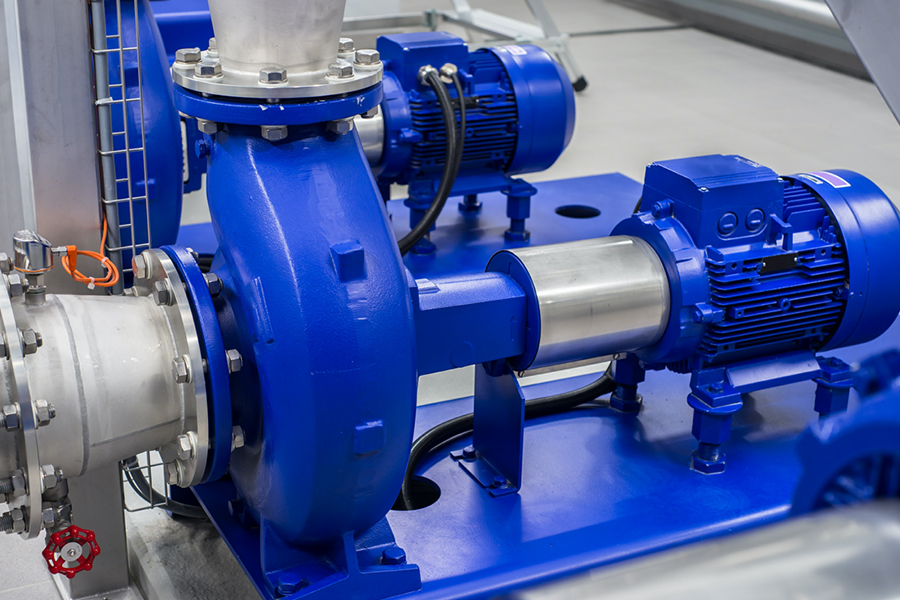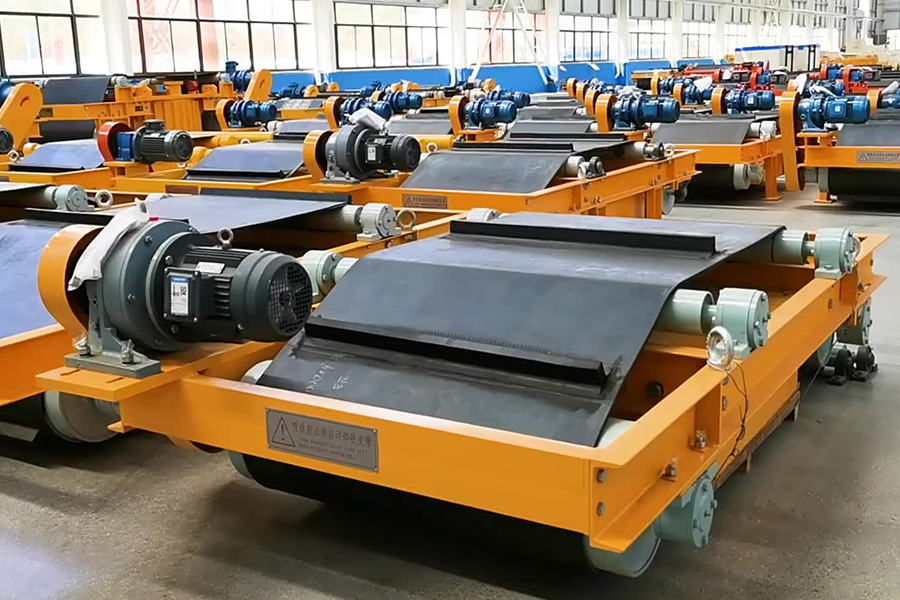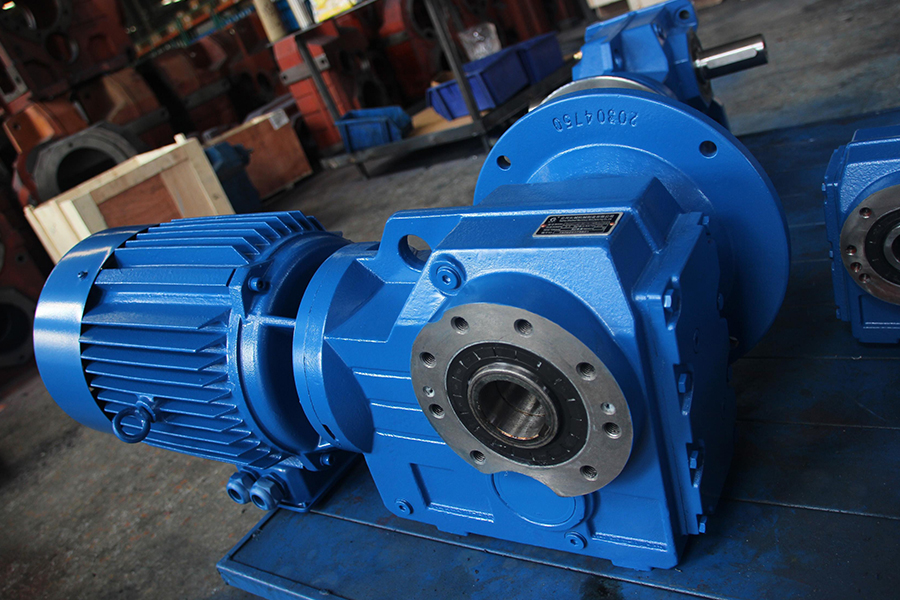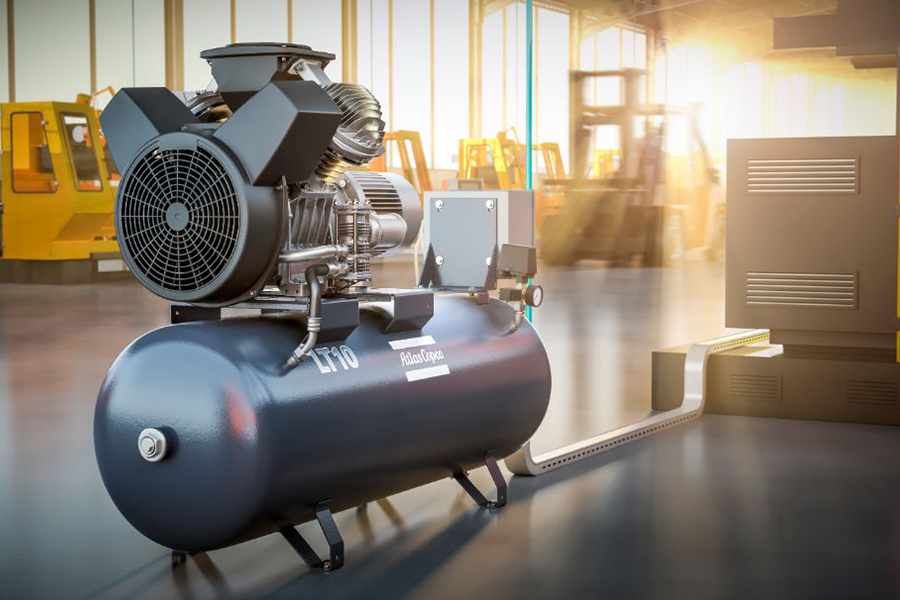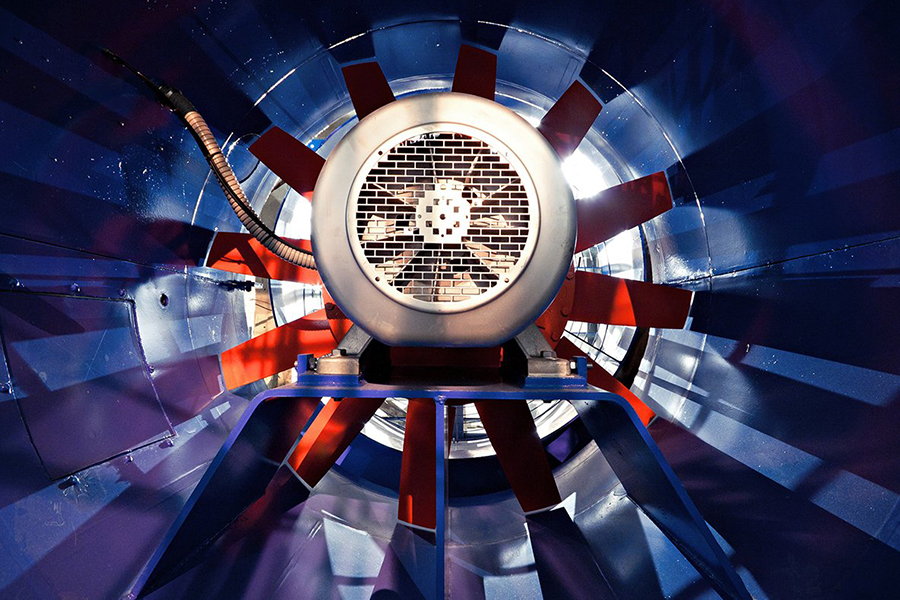The distinction between three-phase and single-phase systems is fundamental. Each serves distinct purposes, but their applications often intersect, particularly when it comes to heavy torque demands. This article delves into the intricacies of these motors, their operational differences, and their roles in powering heavy torque applications.
Understanding 3 phase motor and single phase motor:
3 phase motor are renowned for their efficiency and robust performance. They derive power from three alternating currents, generating a rotating magnetic field that drives the motor's rotation. This design results in smoother operation, reduced vibration, and higher reliability compared to single-phase motors. 3 phase motor find widespread use in industrial settings, where heavy machinery and equipment demand consistent and powerful torque delivery.
Key Characteristics of 3 phase motor:
1. Robustness: 3 phase motor are built to withstand rigorous industrial environments, making them ideal for heavy-duty applications such as conveyor belts, compressors, and pumps.
2. Efficiency: The balanced power distribution in three-phase systems leads to higher efficiency and lower energy consumption compared to single-phase counterparts.
3. Variable Speed Control: 3 phase motor offers predominant speed control capabilities, allowing for precise adjustments to match specific operational requirements.
Understanding Single-Phase Motors:
Single-phase motors operate using a single alternating current, making them simpler in design compared to their three-phase counterparts. While they lack the power and efficiency of three-phase systems, single-phase motors are versatile and find extensive use in residential, commercial, and light industrial applications.
Key Characteristics of Single-Phase Motors:
1. Versatility: Single-phase motors are adaptable to a wide range of applications, including household appliances, HVAC systems, and small machinery.
2. Cost-Effectiveness: Due to their simpler design and widespread availability, single-phase motors are often more cost-effective for lighter-duty tasks.
3. Limited Torque Output: While suitable for many applications, single-phase motors struggle to deliver the high torque required for heavy-duty industrial tasks.
Applications of Heavy Torque Motors:
Heavy torque motors play a critical role in various industries, powering machinery that requires substantial force to operate effectively. In applications such as cranes, lifts, and heavy machinery, the ability to generate and sustain high torque is paramount for safe and efficient operation.
Factors Influencing Motor Selection:
When choosing between three-phase and single-phase motors for heavy torque applications, several factors come into play:
1. Torque Requirements: Assessing the specific torque demands of the application is crucial in determining the more suitable motor type.
2. Operational Environment: Considerations such as temperature bads, humidity, and vibration levels influence the choice of motor to ensure reliable performance in challenging conditions.
3. Energy Efficiency: While 3 phase motor generally offer higher efficiency, the overall energy consumption and cost-effectiveness of the system should be evaluated.
In conclusion, the choice between three-phase and single-phase motors for heavy torque applications depends on a variety of factors, including torque requirements, operational environment, and energy efficiency considerations. Both types of motors have their strengths and weaknesses, and selecting the appropriate motor is essential to ensure ideal performance and reliability in demanding industrial settings. By understanding the characteristics and applications of three-phase and single-phase motors, engineers and industrial professionals can make informed decisions to meet the heavy torque demands of modern machinery and equipment.
Ultimately, the key to optimizing motor selection lies in a thorough assessment of the specific application's needs. Three-phase motors, known for their superior efficiency and consistent power delivery, are typically favored in high-torque, industrial environments. On the other hand, single-phase motors, with their simpler design and ease of maintenance, may be more suitable for less demanding applications or settings where three-phase power is unavailable. By carefully evaluating factors such as load characteristics, power supply, and cost considerations, engineers can ensure they choose the right motor, leading to enhanced performance, reduced downtime, and greater overall productivity.

 English
English 中文简体
中文简体 عربى
عربى



